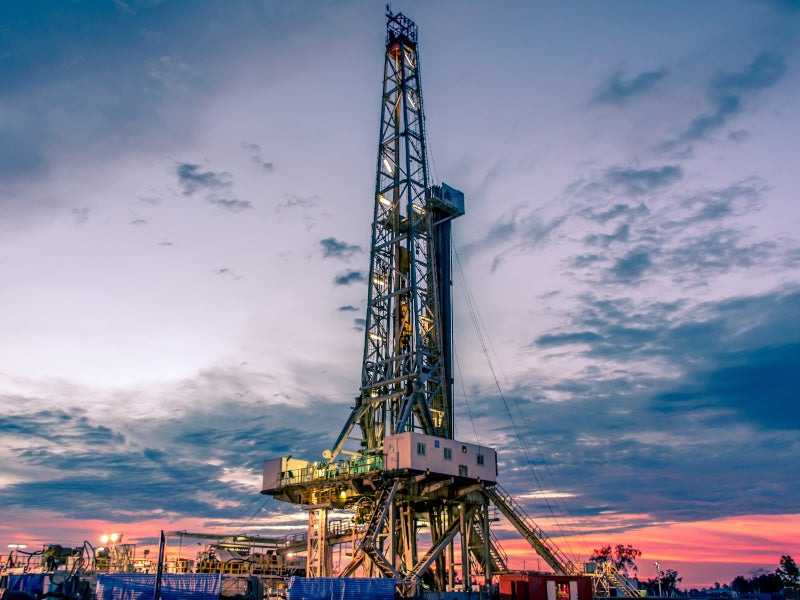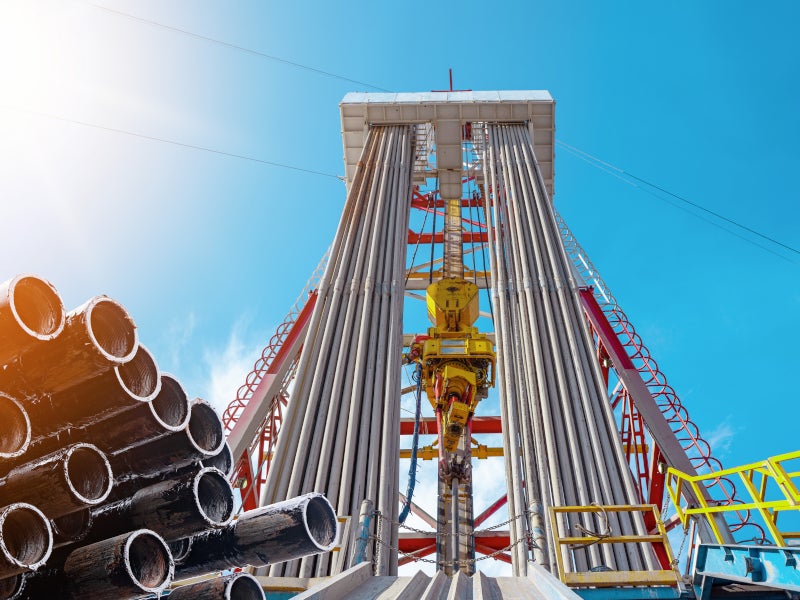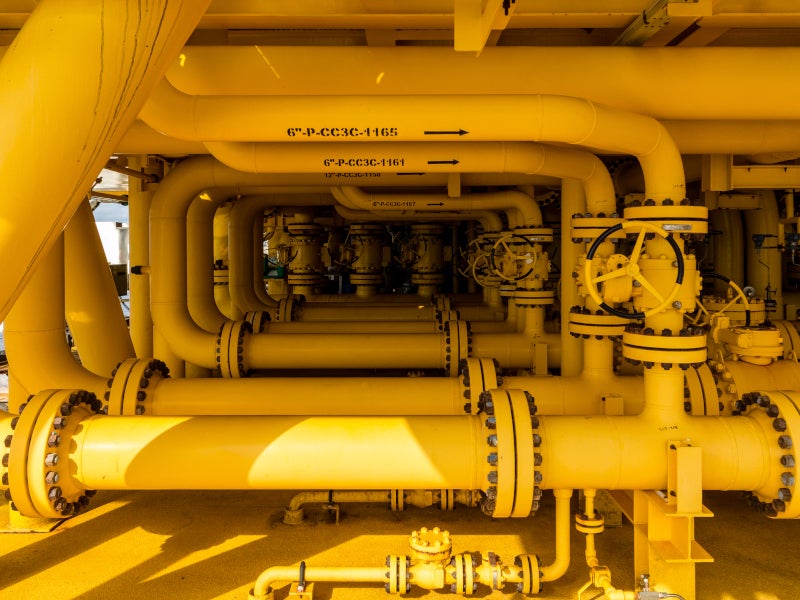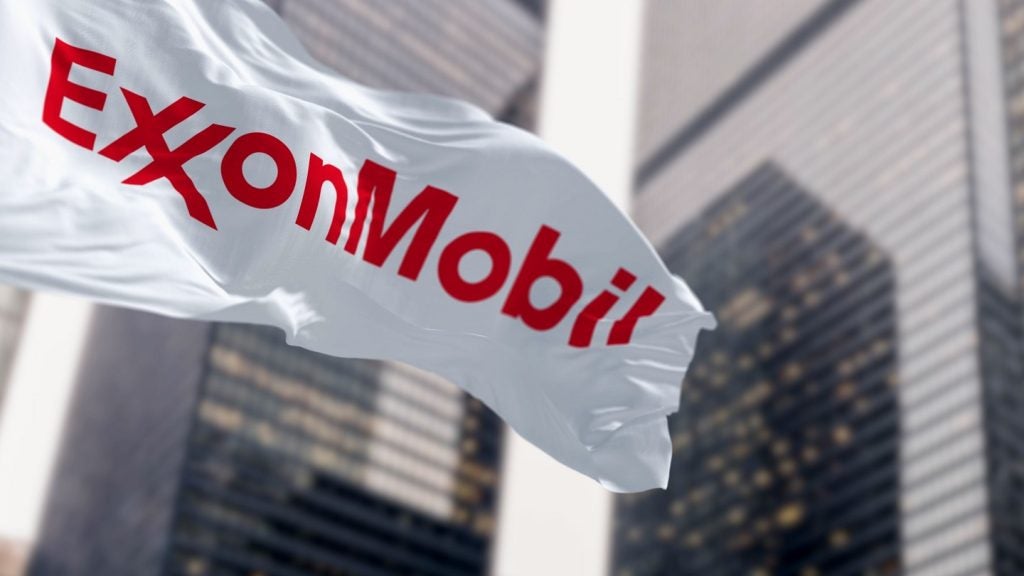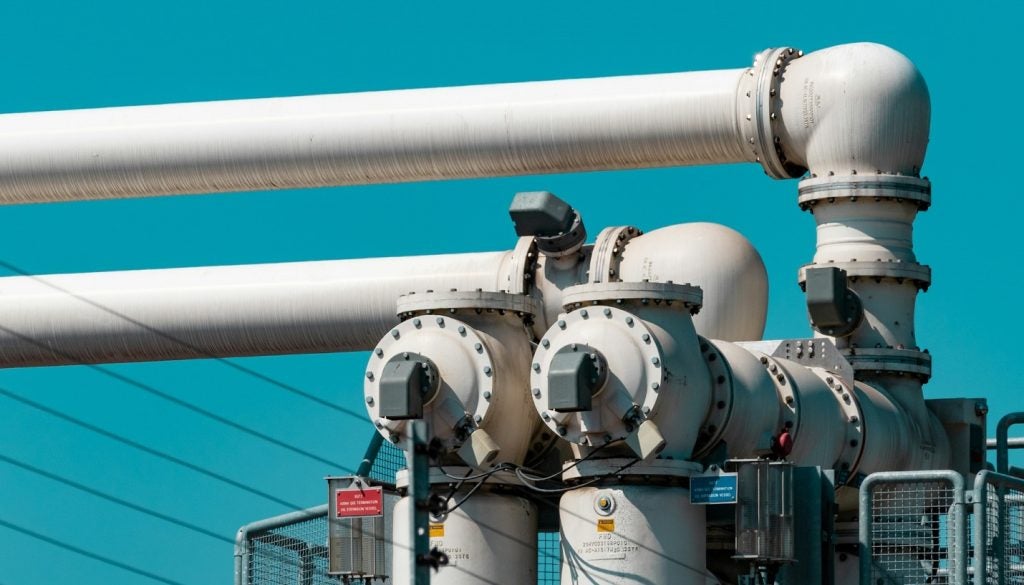The Cambay onshore gas and condensate field is located in Gujarat, India, within the Cambay Basin, which is one of the most significant hydrocarbon-producing regions in India.
Synergia Energy (formerly Oilex), a gas production company based in Australia, is developing the field.
The field was previously operated by Synergia Energy (45%) and Gujarat State Petroleum (GSPC, 55%), a state-owned oil and gas production company. Synergia Energy acquired GSPC’s share and gained 100% ownership of the field in June 2021.
Synergia Energy plans to farm out 50% interest in the field and commence full field development in the first quarter (Q1) of 2024.
Location and geology details
The Cambay field lies within the Cambay Basin, which is located in Khambhat Taluka in the Anand district of Gujarat.
The Cambay Basin is a proven hydrocarbon basin covering an area of 53,500km². Cambay is one of the largest fields in the basin, apart from the Mawagam, Gandhar, Lakshmi, Paliyad-Kalol-Limbodra, and Halisa fields, among others.
The field covers an area of 161km² within the basin and contains hydrocarbons in the Miocene, Oligocene, and Eocene zones.
Cambay field discovery
The Cambay field was discovered by state-owned company ONGC in 1957 and more than 60 wells were drilled within the licence eventually.
The wells were mostly drilled in the shallower Miocene and Oligocene horizons, with commercial production achieved.
The wells drilled in the Eocene tight gas accumulation, however, achieved low test rates and production rates due to the low permeability of the reservoir although the presence of gas and condensate was confirmed.
Field appraisal
Synergia Energy used horizontal drilling and fracture stimulation and drilled two wells, C-76H in 2011 and C-77H in 2014, which were partially successful and achieved a low rate of gas production. The C-77H well was the first horizontal well in the Cambay Basin to undergo multiple fracture treatments, resulting in a successful flowback.
A detailed tight reservoir analysis was conducted, including reprocessing of the 3D seismic data, detailed geomechanical modelling to understand the rock strength, behaviour, and analysis of well logs and reservoir properties of the Eocene horizon.
Synergia Energy also conducted formation water studies, fracture stimulation studies, and gas and oil production modelling. The analysis revealed deficiencies in the fracking programmes adopted.
In 2022, a re-fracking operation was conducted on the C-77H well to establish an optimal fracking methodology for future wells. The re-fracking operation on the C-77H well resulted in gas flow rates of up to 0.5 million metric standard cubic feet a day through a 16/64in choke. The results from the fracking operation established that the Eocene reservoir could be commercially developed.
Production was achieved from the C77H well after several years of field development hiatus and comingled with the C-73 production facility. In addition, a gas sales contract was signed in April 2022 to sell gas to the local low-pressure grid system.
Reserves
Cambay is estimated to hold proven reserves of 206 billion cubic feet (bcf) of gas and eight million metric barrels of condensate.
Cambay field development details
Synergia Energy is currently preparing for the full field development. The results from the fracking operation on the C-77H well established that future wells within 15-20 zones of the Eocene reservoir can help achieve an initial plateau production of four million metric standard cubic feet a day.
The field development plan approved in 2018 includes a staged plan comprising an initial ten wells drilled from the C-77H well pad, which will support drilling rig logistics, production tie-in, and ease of workover.
The ten wells will recover 34bcf of the larger resources by 2032 at a peak production rate of 25 million metric standard cubic feet a day of gas and 995 barrels of oil per day of condensate.
Two new horizontal wells are planned to be drilled in the first half of 2024 using the new fracking methodology proven on the C-77H well. The wells will be drilled from the same drilling pad and connected to the same processing and grid connection pipeline. Future wells will be drilled based on the results from the two wells.
The existing gas processing facilities and compression capacity will be expanded to 35 million metric standard cubic feet a day. A new export pipeline to connect to the high-pressure gas grid will also be developed.
Contractors involved
Netherland Sewell & Associates, a petroleum property analysis company, conducted an independent assessment of the field in 2011 to identify contingent and prospective resources.
Baker Hughes, an energy technology company, was responsible for undertaking an integrated geological and engineering evaluation of the field’s Eocene tight reservoir.
Bedrock Drilling and Manan Oilfield Services (Manan) were responsible for the C-77 H well re-fracking programme. Bedrock is a drilling consultancy service provider while Manan is a drilling and workover services provider.
Fracking services were provided by Schlumberger, an oilfield services company.

